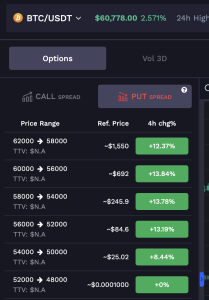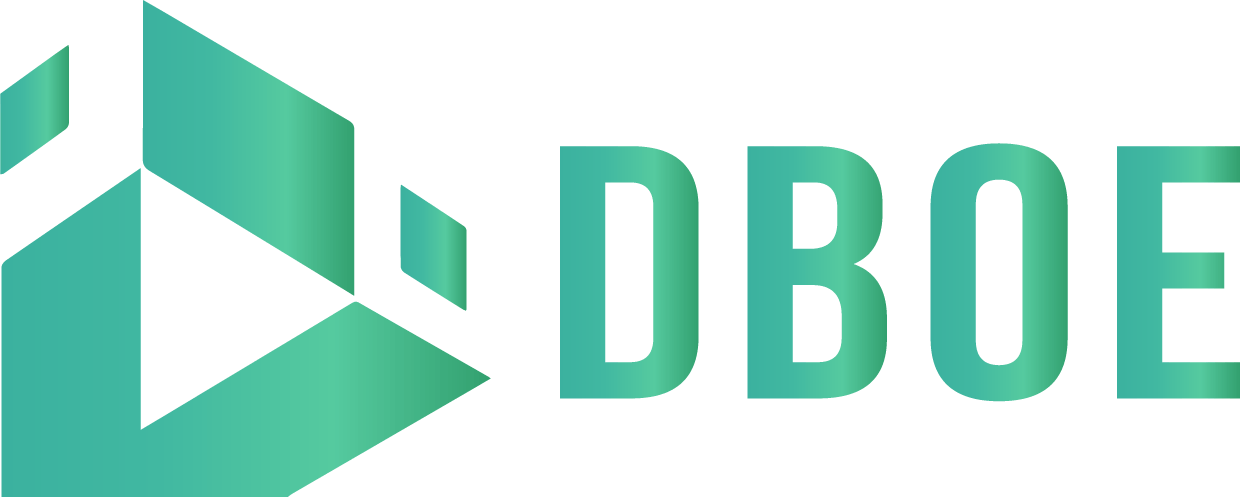Options trading is often considered as a more complex strategy in the finance world that allows investors to speculate on a particular asset’s price movement without owning them. Among a variety of options strategies, selling calls and puts are highlighted as two of the most sophisticated but profitable methods, mainly used effectively by experienced investors. In this article, we will dive into the key differences between short call and short put options, when to apply this strategy and its unique benefits and opportunities.
What is a Short Call Option?
A short call option AKA writing a call is the process involving selling a call option without owning the underlying asset. The seller (writer) of a short call is betting that the price of the underlying asset will not rise above the strike price or even decrease on the expiration date. If the asset’s price stays below the strike price, the option will expire worthless for the buyer and the seller will receive a premium from the buyer. And it works the other way around, if the price of the underlying asset rises above the strike price, the seller must provide the asset at the lower strike price leading to a potentially unlimited loss for the seller (writer).
Example: If you short a call option on Bitcoin with the strike price of $63,000. Until expiration day Bitcoin’s price only reached 62,000$ which means you have predicted correctly and the option is considered worthless, you can keep your premium as profit.
What about a Short Put Option?
Opposite to a short call is a short put option, is the process of selling a put option when the seller is betting that the price of the asset will not fall below the strike price before expiration. The seller will gain profit if the market price of the underlying asset remains above the strike price at expiration, making the options worthless and the seller is allowed to keep their premium. However if the price of the asset falls below the strike price at expiration, the seller must purchase the asset at the strike price leading to a significant loss.
Example: You short a put option on SOL with a strike price at $150, several days later until the expiration SOL’s price rose to 152$ which is above the strike price. The option eventually becomes worthless and you profit from the premium that the buyer paid.
When should you Short a Call or a Put Option?
Shorting a put option in the crypto market is typically done when you predict that the price of a specific cryptocurrency will rise or remain above a certain point (strike price) on expiration. On the other hand, shorting a call option is generally employed when you expect the price of a specific cryptocurrency will sink or stay below a certain point (strike price) at expiration.
In order to come up with a decision whether to short a call or a put includes many processes, skills and experience. You need to know technical analysis at an advanced level, have an overview of the market and keep up with major economic news, besides you need to have insights on the underlying token itself and many other skills in order to make the best decision. Above all, options writing often requires a huge amount of capital to begin with, for example Binance requires users to exceed 50,000,000 USDT in 30-day Options notional volume to become an options writer.
That’s why this isn’t a strategy that is commonly used by amateur investors because of its complexity to predict the price of the token in the future, high capital requirement and the risk of shorting a call is unlimited. Most investors who dare to approach this strategy are very experienced individual investors or hedge funds with a whole team of professional analysts.
DBOE make Options more accessible for newcomers?
Recognizing the limits to this extraordinary derivative tool, DBOE has established various features in order to enhance options trading experience, limiting risk and minimize the requirements.
Price Range:

- Price Range is the combination of a strike price and a target price on the expiration date representing options writer’s range of potential loss from minimum to maximum.
- Help investors to evaluate their risk in each option, unlike other exchanges where selling call options can lead to immediate bankruptcy.
0.5$ of Capital Requirements

- While several exchanges offer options trading, DBOE distinguishes itself by allowing users to short options with as little as $0.5, which is significantly lower than the minimums required by more prominent exchanges like Binance or Deribit.
- This low entry point makes DBOE particularly attractive for experienced traders who want to engage in options trading with greater flexibility and potentially higher leverage.
DBOE provides comprehensive resources and support in order to help you navigate the complexities and enhance risk management. At DBOE we aim to make options trading more secure and accessible.
Start your options trading journey with DBOE today at: https://dboe.exchange/
or https://download.dboe.exchange/ on mobile
Disclaimer: The information in this article is not intended as investment advice. Cryptocurrency investment activities are not legally recognized or protected in some countries. Cryptocurrencies always involve financial risks.





